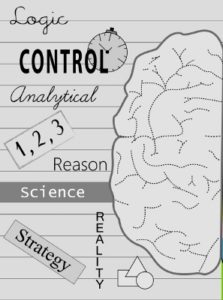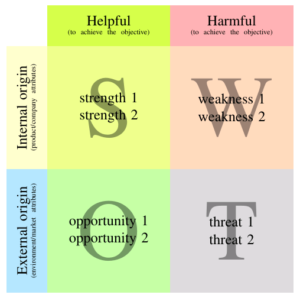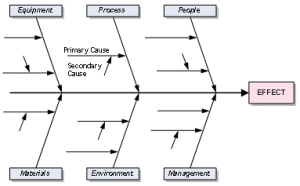
Enjoy this excerpt from a 2005 article entitled, “Unleashing a Positive Revolution in Medicine: The Power of Appreciative Inquiry”, written by podcast guest, Colette Herrick:
Appreciative Inquiry (“AI”), a highly participatory approach to developing human and organizational systems, can accelerate positive change and provide the influence necessary to revolutionize medicine and create the positive future we desire.
At its core, AI is based on discovering strengths and amplifying them, rather than focusing on problems and fixing them. It is simple, yet at the same time requires a profound shift of attention from habituated deficit-based thinking and interactions that are so prevalent in our culture.
“Appreciative Inquiry is the cooperative search for the best in people, their organizations, and the world around them. It involves systematic discovery of what gives a system “life” when it is most effective and capable in economic, ecological, and human terms.” –David Cooperrider
Using a four-stage group inquiry process — discovery, dream, design and delivery — AI is being used with compelling results in a range of settings in health care including:
- Transforming organizational cultures and practice management;
- Creating powerful physician/nurse/patient relationships;
- Developing effective leadership; strategic planning; strengthening teams, partnerships, and alliances; and
- Enhancing patient safety.
. . . .
Historically, the dominant organizing principle for approaching change in organizations has been closely aligned with “best practices” of the medical profession. This focus has been largely shaped by a problem orientation that carries through from assessment, diagnosis, treatment, and measurement of the effects of the intervention.
In both organizational practice and healthcare delivery, what has typically been at the epicenter of attention is fixing what’s broken rather than identifying and building on what is working. What is required in healthcare today is a new kind of leadership and physicians are poised to lead the way.
. . . .
Indeed, when leaders begin to view the world and act through a more appreciative lens, organizational energy shifts, people are encouraged to act from their strengths and potential is unleashed in powerful and effective ways. Being an appreciative leader becomes not just a way of “doing” leadership, but of making a positive contribution to the world.
 Colette Herrick, is an executive coach, strategic facilitator and CEO of Insight Shift, a Utah-based firm since 2002. The overarching aim of her work is to support leaders, teams and organizations to innovate collaborative solutions, accelerate results, and experience greater fulfillment.
Colette Herrick, is an executive coach, strategic facilitator and CEO of Insight Shift, a Utah-based firm since 2002. The overarching aim of her work is to support leaders, teams and organizations to innovate collaborative solutions, accelerate results, and experience greater fulfillment.
As a strategic facilitator, she taps the collective intelligence of groups with a strengths-based, solutions focused and participatory approach. Clients benefit from greater alignment, engagement and the energy to move a shared vision to sustained action. She has facilitated programs ranging from small team retreats to large-scale summits with over three hundred physicians with the American Medical Association. A few of the client groups she’s served are: University of Utah, Utah Medical Association, Microsoft Latin America, Department of Defense, University of Utah Health Sciences Center, Westminster College, Misericordia University, Intermountain Healthcare, Huntsman Cancer Institute, Utah Department of Health, Davis Applied Technology College, American Red Cross, Colorado Department of Health and Environment and the Utah State Bar.
You can learn more about her company at www.insightshift.com.
 We are educated. We are modern human beings. We make decisions every day. How inaccurate and incomplete can our thinking be?
We are educated. We are modern human beings. We make decisions every day. How inaccurate and incomplete can our thinking be?


 How do you ensure a balance in your company between maintaining good relationships with employees AND holding them accountable when they fall short in their conduct or performance. In other words, how do we avoid allowing our compassion for an individual’s circumstances to completely overrule their individual accountability and vice versa.
How do you ensure a balance in your company between maintaining good relationships with employees AND holding them accountable when they fall short in their conduct or performance. In other words, how do we avoid allowing our compassion for an individual’s circumstances to completely overrule their individual accountability and vice versa.

 The fact of the matter is that most leaders spend a tiny fraction of their time giving huge public speeches. Instead, leadership happens moment by moment, person by person, both through words and deeds. There are hundreds of moments like these every day. Each moment sends messages that can ripple throughout your company, with impact that you may or may not intend.
The fact of the matter is that most leaders spend a tiny fraction of their time giving huge public speeches. Instead, leadership happens moment by moment, person by person, both through words and deeds. There are hundreds of moments like these every day. Each moment sends messages that can ripple throughout your company, with impact that you may or may not intend.